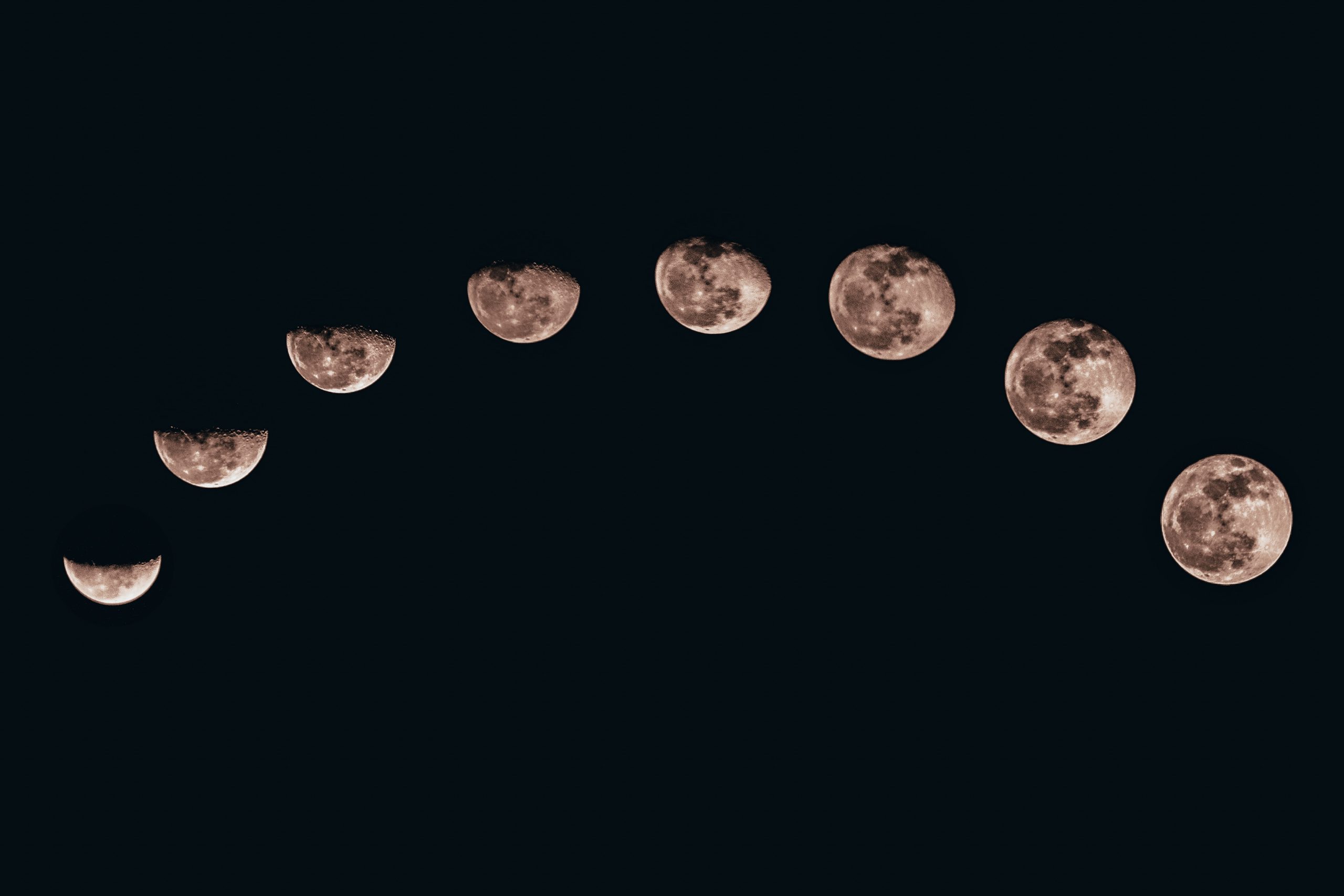What Are Tarot Cards Made Of?
For centuries, tarot cards have captivated people’s imaginations with their mystical allure and uncanny ability to provide guidance and insight. These beautifully illustrated cards are not only tools for divination but also objects of art and craftsmanship. Have you ever wondered what tarot cards are made of? In this blog post, we will dive into the materials and techniques used to create these captivating cards.
The Anatomy of a Tarot Card
Before exploring the specific materials used, let’s first understand the anatomy of a typical tarot card:
| Component | Description |
|---|---|
| Card stock | The base material for tarot cards. It provides the foundation for the artwork and text. |
| Artwork | The illustrations that adorn the face of the card. These images are rich in symbolism and play a crucial role in interpretation. |
| Text | Words or phrases that accompany the artwork and provide further guidance or meaning. |
| Back design | The pattern or design featured on the reverse side of the card. It helps ensure the cards are indistinguishable from one another during readings. |
The Materials
Tarot cards are typically made using a combination of the following materials:
Card Stock
Card stock is the primary material used to create tarot cards. It is a thick and sturdy type of paper that ensures durability and longevity. The weight and texture of the card stock can vary depending on the preference of the card designer.
The most common types of card stock used are:
- Coated card stock: This type of card stock has a smooth and glossy finish, which enhances the colors and details of the artwork.
- Matte card stock: Matte card stock has a non-reflective surface, giving the cards a more subdued and elegant appearance.
- Linen card stock: This textured card stock has a linen-like finish, adding a tactile element to the cards.
Each type of card stock has its own unique characteristics, and choosing the right one is crucial in achieving the desired look and feel of the tarot deck.
Ink
Ink is used to bring the illustrations and text on the cards to life. It is applied to the card stock during the printing process. High-quality inks are chosen to ensure vibrant colors and sharp details.
In recent years, there has been a rise in the popularity of decks that feature metallic or foil elements. These special inks add a touch of luxury and enchantment to the cards, making them visually striking.
Artwork
The artwork on tarot cards is an essential aspect of their appeal. Each card is carefully handcrafted or digitally designed by talented artists, often with a deep understanding of symbolism and esoteric concepts. The artwork, combined with the reader’s interpretation, helps unlock the card’s meaning during readings.
Artistic styles can vary widely, ranging from detailed and realistic illustrations to more abstract or minimalist designs. Some decks feature artwork inspired by specific art movements or historical periods, while others incorporate modern and contemporary influences.
Regardless of the style, the artwork is a crucial element that breathes life into the cards and establishes a connection between the reader and the deck.
Text
The text on tarot cards is another integral component. It provides additional information or interpretations of the imagery. The text can be in the form of keywords, phrases, or entire paragraphs that aid the reader in understanding and interpreting the message of each card.
The choice of font and typography is also significant, as it contributes to the overall aesthetic and atmosphere of the deck. Elegant and elaborate fonts may be used for decks with a traditional or vintage vibe, while sleek and modern fonts suit contemporary designs.
Back Design
The back design of tarot cards ensures that the cards are indistinguishable during shuffling and readings. It helps maintain an element of mystery and prevents any unintentional bias or influence during the card selection process.
The back design can feature intricate patterns, symmetrical motifs, or thematic elements related to the overall concept of the deck. It is usually printed in a contrasting color, such as a different shade or a complementary hue, to make it visually distinct from the face of the cards.
The Manufacturing Process
Once the materials and artwork are finalized, the manufacturing process can begin. The creation of tarot cards requires precision and attention to detail. Here is a general overview of the manufacturing process:
- The card stock is cut into individual card-sized pieces, usually following a predetermined template.
- The artwork and text are printed onto the card stock using high-quality inks and printing techniques.
- The cards are coated or laminated for added protection and durability.
- The individual cards are cut to their final dimensions. This step ensures consistency in size and shape.
- The cards are often rounded at the corners to prevent wear and tear.
- The deck is assembled, and the cards are placed in a box or packaging specifically designed for tarot cards.
In recent years, advancements in technology have allowed for the creation of custom and on-demand tarot decks. Artists and designers can now collaborate with specialized printing companies to bring their unique visions to life without the need for large-scale production.
Conclusion
Tarot cards are carefully crafted using a combination of high-quality materials and skilled artistry. From the sturdy card stock to the intricate artwork and accompanying text, every element plays a vital role in creating captivating and meaningful tarot decks. The craftsmanship and attention to detail contribute to the timeless allure and enduring popularity of these mystical cards. Whether you are a tarot enthusiast or simply appreciate the artistry behind them, understanding what tarot cards are made of enriches the experience of exploring this ancient divination tool.
Table of Contents
